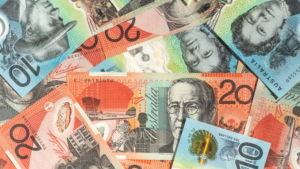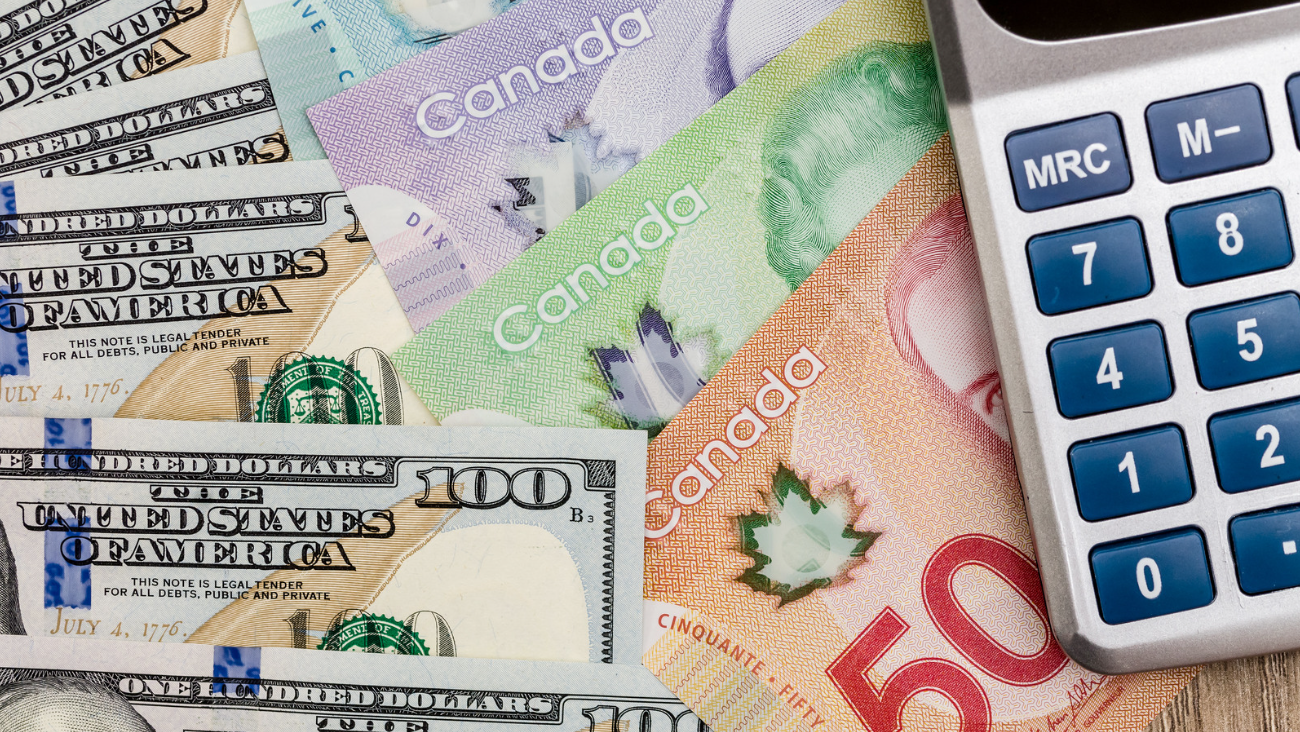The USD/CAD pair extended its rally, approaching the 1.4350 mark as the US dollar strengthened against its Canadian counterpart. A combination of rising US Treasury yields and falling crude oil prices put pressure on the loonie, driving the currency pair higher.
The US dollar remained firm, supported by expectations that the Federal Reserve will keep interest rates elevated for longer. Recent economic data has pointed to continued strength in the US economy, reinforcing the view that the Fed may delay any rate cuts. Treasury yields edged higher, making the greenback more attractive to investors.
At the same time, crude oil prices fell, weighing on the commodity-linked Canadian dollar. Concerns over slowing global demand and rising inventories have pressured oil, a key driver of Canada’s economy. The decline in energy prices has further weakened the loonie’s appeal, widening the gap between the two currencies.
The Bank of Canada (BoC) has taken a cautious stance on rate cuts, but with economic growth showing signs of slowing, expectations for a shift in policy are growing. Investors are pricing in potential rate reductions later this year, which could add to the downward pressure on the Canadian dollar. Meanwhile, the Fed’s more hawkish tone continues to favor the US dollar in the near term.
Looking ahead, market participants are closely watching upcoming US economic data, particularly inflation figures and employment reports. Any signs of persistent inflation or economic resilience could push Treasury yields even higher, further supporting USD/CAD gains. On the other hand, a dovish shift from the Fed could provide some relief for the loonie.
For now, the trend remains in favor of the US dollar, with weaker oil prices and diverging monetary policy expectations keeping USD/CAD on an upward trajectory. If current conditions persist, the pair could test higher resistance levels in the coming sessions.













